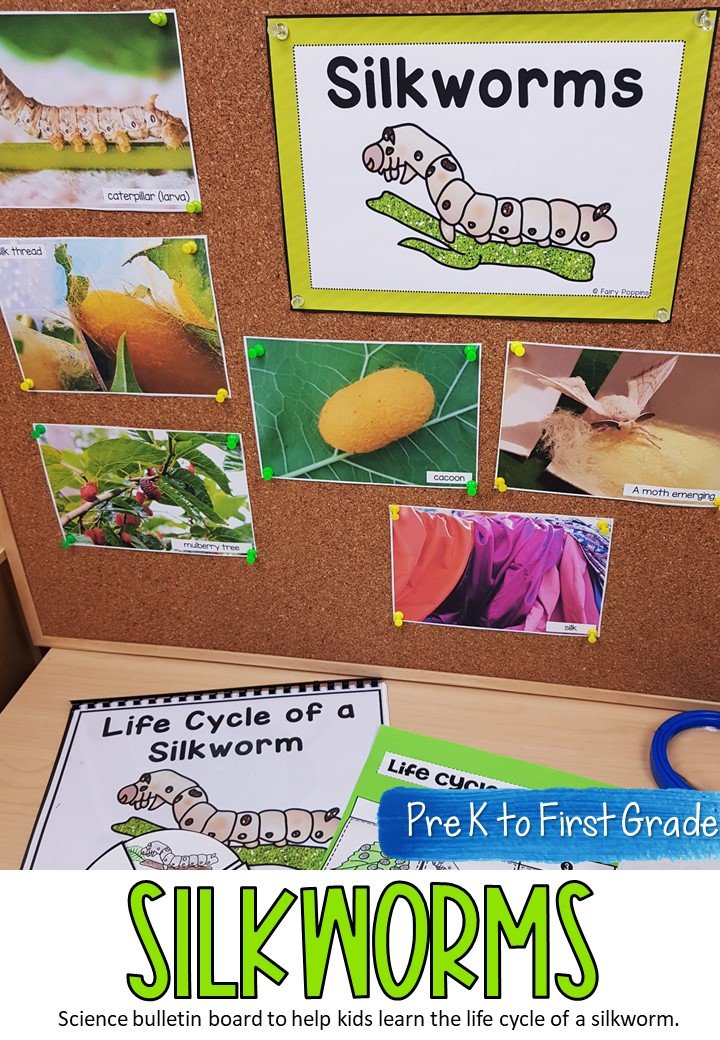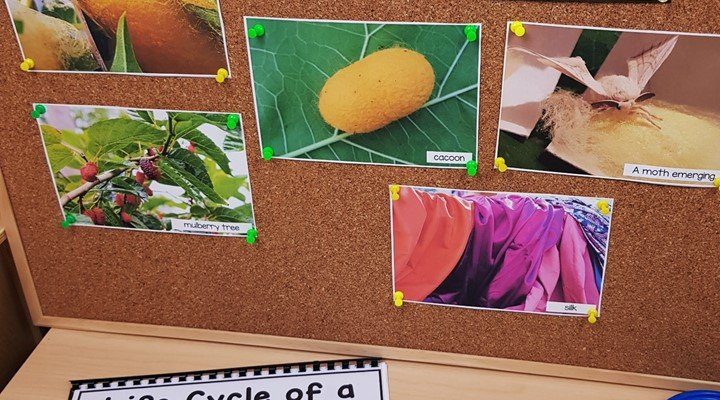
Silkworms have played a crucial role in textile production for thousands of years, but there’s more to them than meets the eye. By studying silkworms, students can learn about genetics, metamorphosis, and the importance of insects in our ecosystem. Plus, they’re relatively easy to care for, making them a perfect fit for classroom experiments or home projects. So, let’s dive in and explore how you can incorporate these fascinating critters into your next science project!
What Are Silkworms?
Let’s start with the basics. Silkworms are the larvae of the silkmoth, specifically the species *Bombyx mori*. They’re known for their ability to produce silk, which they do by spinning a cocoon around themselves. Imagine wrapping yourself in a cozy blanket made from your own materials—that’s what silkworms do!
These little guys primarily feed on mulberry leaves, and they grow quickly, shedding their skin several times before pupating. It’s like watching a mini life cycle unfold right before your eyes. In just a few weeks, you can witness the entire journey from egg to cocoon to moth.
Understanding their life cycle is not just fascinating; it also provides a *hands-on* way for students to learn about biological processes like **metamorphosis** and **growth**. You might be wondering how such a simple creature can teach us so much, but that’s the beauty of nature!
Setting Up Your Silkworm Project
Ready to get started? First, you’ll need to set up a proper environment for your silkworms. Here’s a simple guide to help you out:
- Container: Choose a clear plastic container with a lid. Make sure it has air holes for ventilation. A medium-sized container should suffice for a small batch.
- Environment: Keep them at room temperature, away from direct sunlight. They like a cozy, warm atmosphere just like we do!
- Food: Stock up on fresh mulberry leaves or silkworm pellets. They’ll eat a lot, so plan accordingly!
Once you’ve got the basics, it’s time to introduce your silkworms to their new home. Make sure to monitor their food intake and keep the container clean. It’s like having a new pet—you’ll need to check in on them daily!
Observing Growth
One of the most exciting parts of this project is watching your silkworms grow! They can increase in size dramatically in just a few days. This growth can be a perfect opportunity to teach students about measurement and observation. Keep a journal or a chart to track changes in size and weight over time.
You might also want to take pictures at each stage. It’ll make for a fun presentation later! As you observe them, ask questions like, “How much have they grown since last week?” or “What do they need to thrive?” This not only engages students but also encourages critical thinking.
The Life Cycle of Silkworms
The life cycle of a silkworm is a classic example of metamorphosis, and it’s divided into four main stages: egg, larva, pupa, and adult moth.
– **Egg**: The journey begins when the female moth lays hundreds of tiny, shiny eggs. These can take about 10 days to hatch, depending on the temperature.
– **Larva**: Once the eggs hatch, they emerge as tiny larvae—this is the silkworm stage. They spend the next few weeks eating and growing, shedding their skin several times in a process called molting.
– **Pupa**: After growing to their maximum size, they will spin a silk cocoon around themselves. Inside this cocoon, they will transform into adult moths.
– **Adult Moth**: Finally, the adult moth emerges from the cocoon, ready to continue the cycle by laying more eggs.
Explaining this cycle gives students insight into biology while allowing them to witness it in real time. Honestly, there’s something magical about seeing nature’s processes unfold in front of you.
Hands-On Learning Activities
There’s no shortage of activities you can do with silkworms. Here are some engaging ideas to spark curiosity and enhance learning:
- Life Cycle Chart: Create a life cycle chart with drawings or photos of each stage. This visual aid can help students understand the process better.
- Silk Production: After the silkworms spin their cocoons, you can discuss how silk is harvested. This touches on topics like industry and sustainability.
- Experiment with Conditions: Try setting up different environments—like varying temperatures or humidity levels—and see how it affects their growth.
These activities not only make the project interactive but also instill a sense of responsibility and curiosity about life sciences. You’re not just observing; you’re experimenting and learning!
Discussing Ethical Considerations
When working with living creatures, it’s essential to talk about ethics. Silkworms are often harvested for their silk, but it’s important to approach this topic sensitively. Discuss what it means to care for living beings, the importance of their role in the ecosystem, and alternative options to silk production.
This can lead to deeper conversations about sustainability and conservation. You might even want to explore other materials that could replace silk, emphasizing that knowledge and awareness are part of responsible science.
Incorporating silkworms into educational science projects offers a unique blend of fun and learning. These creatures provide a rich tapestry of lessons about biology, responsibility, and the environment. Plus, they bring a fabulous hands-on component to learning.
Whether you’re a teacher looking to enhance your curriculum or a parent seeking engaging projects at home, silkworms offer a chance to connect with nature. The joy of watching them grow, learning about their life cycle, and conducting experiments makes science come alive.
So, why not give silkworms a try in your next educational project? You’ll not only engage your students, but you’ll also inspire a love for science that lasts a lifetime. Happy experimenting!

